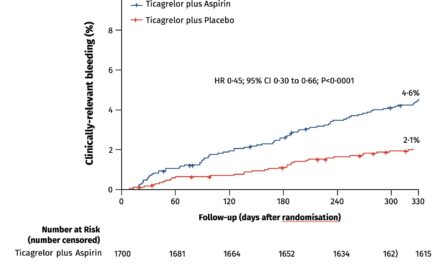World Environment day
Healthier environments could prevent almost one quarter of the global burden of disease. The COVID-19 pandemic is a further reminder of the delicate relationship between people and our planet.
Clean air, stable climate, adequate water, sanitation and hygiene, safe use of chemicals, protection from radiation, healthy and safe workplaces, sound agricultural practices, health-supportive cities and built environments, and a preserved nature are all prerequisites for good health.
13.7 million of deaths per year in 2016, amounting to 24% of the global deaths, are due to modifiable environmental risks. This means that almost 1 in 4 of total global deaths are linked to environment conditions.
Disease agents and exposure pathways are numerous and unhealthy environmental conditions are common, with the result that most disease and injury categories are being impacted. Noncommunicable diseases, including ischaemic heart disease, chronic respiratory diseases and cancers are the most frequent disease outcomes caused. Injuries, respiratory infections and stroke follow closely.
Did you know?
- Some 11 million tonnes of plastic waste flow annually into oceans. This may triple by 2040.
- More than 800 marine and coastal species are affected by this pollution through ingestion, entanglement, and other dangers.
- A shift to a circular economy can reduce the volume of plastics entering oceans by over 80 per cent by 2040; reduce virgin plastic production by 55 per cent; save governments US$70 billion by 2040; reduce greenhouse gas emissions by 25 per cent; and create 700,000 additional jobs – mainly in the global south.
Solutions to plastic pollution
More than 400 million tonnes of plastic is produced every year worldwide, half of which is designed to be used only once. Of that, less than 10 per cent is recycled.
An estimated 19-23 million tonnes end up in lakes, rivers and seas annually. That is approximately the weight of 2,200 Eiffel Towers all together.
Microplastics – tiny plastic particles up to 5mm in diameter – find their way into food, water and air. It is estimated that each person on the planet consumes more than 50,000 plastic particles per year –and many more if inhalation is considered.
Discarded or burnt single-use plastic harms human health and biodiversity and pollutes every ecosystem from mountain tops to the ocean floor.
With available science and solutions to tackle the problem, governments, companies and other stakeholders must scale up and speed actions to solve this crisis.
This underscores the importance of this World Environment Day in mobilizing transformative action from every corner of the world.
Fifty years celebrating World Environment Day
Led by the United Nations Environment Programme (UNEP) and held annually on 5 June since 1973, World Environment Day is the largest global platform for environmental public outreach and is celebrated by millions of people across the world. In 2023, it is hosted by Côte D’Ivoire.
Why take part?
Time is running out, and nature is in emergency mode. To keep global warming below 1.5°C this century, we must halve annual greenhouse gas emissions by 2030. Without action, exposure to air pollution beyond safe guidelines will increase by 50 per cent within the decade and plastic waste flowing into aquatic ecosystems will nearly triple by 2040.
We need urgent action to address these pressing issues.
Faith in a global agreement to combat plastic pollution by 2024
Last year, 175 UN Member States endorsed a historic resolution to end plastic pollution and forge an international legally binding agreement that will be ready by the end of 2024. This is the most significant environmental multilateral deal since the Paris accord. It is an insurance policy for this generation and future ones, so they may live with plastic and not be doomed by it.











